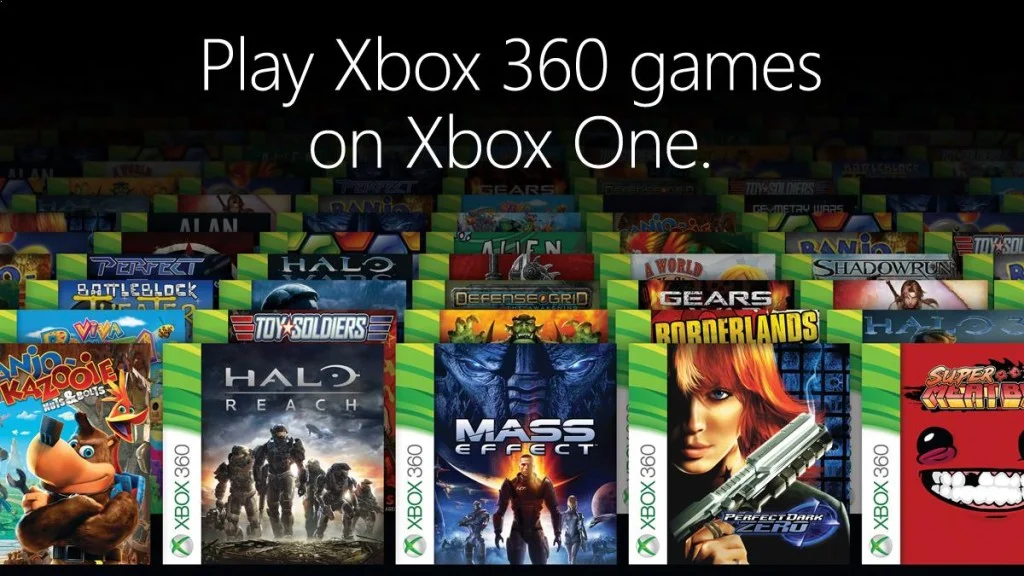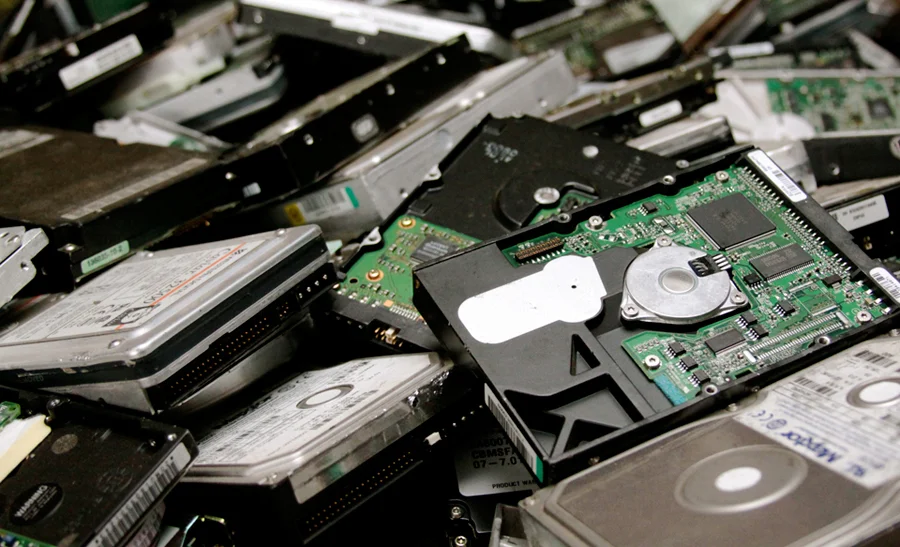Since the turn of the century different forms of media have gone more and more digital to the point where buying a CD or DVD is abnormal. Movies, books, music, and even games are all available digitally to stream or download. Over time these have quite rapidly taken over the market with E-book sales increasing at the astronomical rate of 1,260% between 2008-2010.
It seems kind of obvious for gaming to go the way of music or movies and ditch the physical version for the most part. Once games are no longer dominated physically the publishers can cut the price down, as to not upset retailers like GameStop and Walmart. This could mean cheaper games for all of us, but it is a day that most likely will not come.
Most people thought that Blu-Ray would be the last form of physical media because the sales have been dropping off due to online rental sites such as Amazon. Just a month ago a new physical format was released with almost no press; it’s basically a bigger size Blu-Ray disc that can play in 4K. This is big news for physical media as it shows that companies aren’t quite ready to give up on this.
With this recent announcement and all of the rumors flying around about the PlayStation 4K/4.5 could we see it running a 4K disc drive? Companies have put a lot of R&D into creating this format, so chances are that it will be supported for a long time to come. Another telling sign that physical media is here to stay is that, surprisingly, physical book sales are up.
In September of 2015, Alexandra Alter of the New York Times wrote a piece about how print books are coming back, in a big way. With E-book sales dropping off and their physical counterparts slowly climbing back up the ladder, it shows that the general public may still want to get physical after all.
Another category that shows that the consumers want physical media is how astronomically popular Amiibos, Lego Dimensions and other “toys-to-life” games are becoming. Amiibos almost outnumber the Wii-U 2:1. Amiibos were released not even a year and a half ago, showing that the customer really wants to be able to show off their collection on their shelves or just being able to look at it.
Considering that toys-to-life games are mainly marketed towards children, it is sinking their teeth into their fan base. Once these kids get addicted to showing off their collections and playing games in ways that just can’t be done digitally. This strategy will take time to fully show its true results, but if they can get a substantial chunk of these kids to stick with physical gaming then it will slowly succeed.
PlayStation launched their PlayStation Now game streaming to mild (?) success; it didn’t make much of a splash and no one seems to talk about. Xbox announced their backwards compatibility program for Xbox One at E3 last year, which was arguably the biggest announcement of the expo. Seeing that this was so popular and got so many people excited, it demonstrates that people aren’t ready to give up their Blu-Ray and DVD discs, glad that they saved it.
Since Blu-Ray sales have been on the decline and more and more 4K TVs on the market, it is possible that with the release of the PlayStation 4K/4.5 or even the PlayStation 5 and Xbox Two we will see what could be the last hurrah of physical media in gaming. What do you guys think? Do you prefer to buy digital or physical games, and do you hope to go all digital in the future, or stick with physical?























